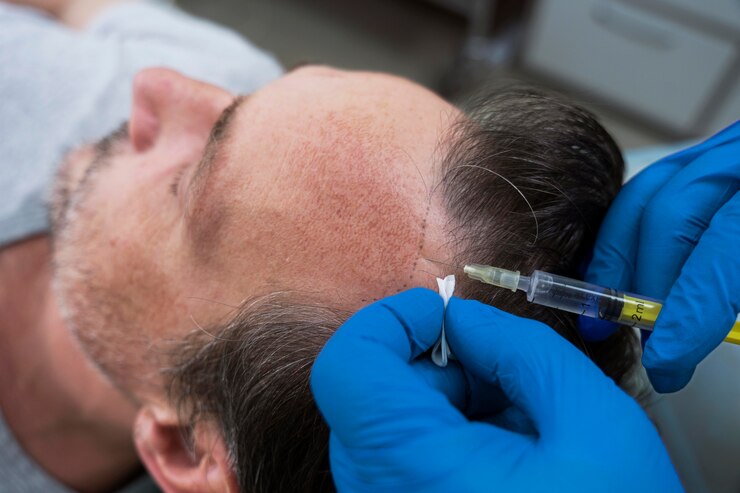Hair loss is a common concern that affects a large number of people, both men and women, across the globe. While there are various treatments and remedies available to address this issue, one of the most effective and popular solutions for permanent hair restoration is hair transplant surgery. In this comprehensive guide, we will delve into the world of hair transplant, exploring its intricacies, benefits, techniques, considerations, and more.
What is Hair Transplant?
Hair transplant is a surgical procedure that involves the extraction of hair follicles from one part of the body, typically the back or sides of the scalp (donor area), and implanting them onto the balding or thinning areas of the scalp (recipient area). This process allows for the redistribution of healthy hair follicles to areas where hair growth has been compromised, resulting in natural-looking and long-lasting hair restoration.
Types of Hair Transplant Techniques
1. Follicular Unit Transplantation (FUT)
FUT, also known as strip harvesting, involves the removal of a strip of scalp tissue from the donor area. The follicular units are then dissected under a microscope and transplanted into the recipient area. While FUT can yield excellent results, it may leave a linear scar at the donor site.
2. Follicular Unit Extraction (FUE)
FUE is a minimally invasive hair transplant technique that involves extracting individual follicular units directly from the donor area using a small punch tool. The follicles are then implanted into the recipient site. FUE leaves tiny circular scars that are less noticeable than the linear scar associated with FUT.
Benefits of Hair Transplant
1. Permanent Solution
Hair transplant offers a permanent solution to hair loss as the transplanted hair follicles are resistant to the hormone DHT, which is responsible for hair thinning and balding in genetically susceptible individuals.
2. Natural-Looking Results
With advancements in hair transplant techniques, modern procedures can deliver natural-looking results that seamlessly blend with the existing hair, creating a full and aesthetically pleasing hairline.
3. Boost in Confidence
Hair loss can have a significant impact on one’s self-esteem and confidence. Hair transplant surgery can help individuals regain their confidence and improve their overall quality of life.
Preparing for Hair Transplant Surgery
Before undergoing a hair transplant procedure, it is essential to consult with a qualified and experienced hair transplant surgeon to discuss your goals, expectations, and the best treatment plan for your specific needs. The surgeon will evaluate your scalp condition, donor hair availability, and overall health to determine your candidacy for the procedure.
Recovery and Post-Operative Care
Following hair transplant surgery, it is crucial to follow the post-operative care instructions provided by your surgeon to facilitate proper healing and optimal results. This may include:
- Avoiding strenuous activities for a few days
- Keeping the scalp clean and dry
- Taking prescribed medications as directed
- Following up with your surgeon for post-operative appointments
Considerations and Potential Risks
While hair transplant surgery is generally safe and effective, there are certain considerations and potential risks associated with the procedure. These may include:
- Swelling and bruising in the recipient area
- Infection at the donor or recipient sites
- Temporary shock loss of existing hair
- Uneven or unnatural-looking results if performed by an inexperienced surgeon
Conclusion
Hair transplant surgery is a transformative procedure that can help individuals regain their confidence and restore a full head of hair. By understanding the various techniques, benefits, considerations, and post-operative care involved in hair transplant, individuals can make informed decisions about their hair restoration journey. If you are considering hair transplant surgery, consult with a reputable hair transplant surgeon to explore your options and embark on the path to a fuller, more vibrant head of hair.


